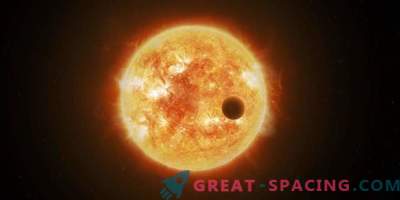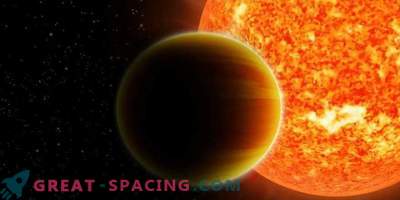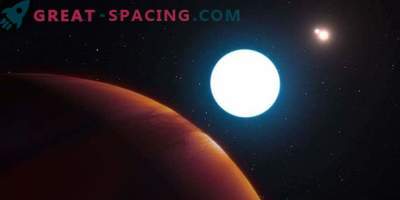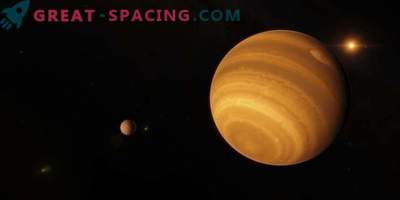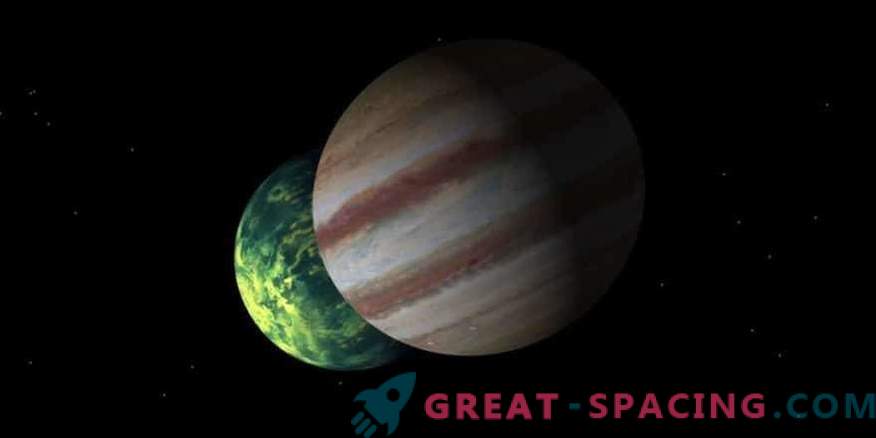
With the help of the radial-velocity method, Japanese scientists were able to notice the gas giants around the Bootes-24 stars (one planet) and Gamma-Libra (two worlds).
Thanks to the Rays of Speed (RV) method, today we have managed to find more than 600 exoplanets. But the number of RV worlds revolving around evolving stars is still small. It is important to fill the gap in order to gain a better understanding of the variety of extrasolar planetary systems.
One of the programs for finding planets is the Okayama project. Recently, Japanese studies have reported the discovery of three exoplanets of the RV category, rotating around 24 Bootes and Gamma Libra.
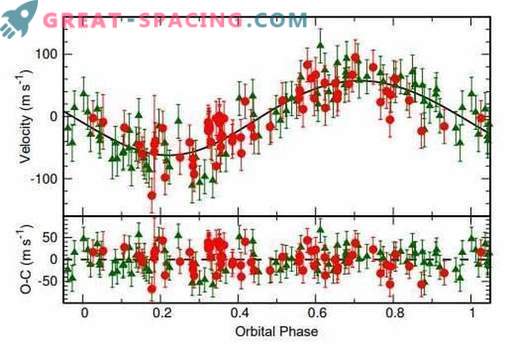
Above: Observed RV and Kepler curve for 24 Boop. The horizontal axis protrudes the orbital phase. Red arcs and green triangles are data taken with a slit and fiber mode. Below: remnants of RV to orbital merge 24 Bootes - a star of spectral type G3IV. It resembles the Sun in mass, but is almost 11 times larger. Next to it, gas giant 24 Boop b was noticed, making an orbital overflight in 30.35 days at a distance of 0.19 a. e. The minimum mass reaches 0.91 Jupiter.
The scale of Libra (K0III) is 11 times larger than the Sun, and by weight - 1.47 solar. Nearby are two gas giants b and c, whose minimum masses reach 1.02 and 4.58 masses of Jupiter. With a distance of 1.24 a. e. The world b spends 415 days flying. It takes 965 days to make an orbital flight at a distance of 2.17 a. e.
Scientists report that their discovery is unique. Planet 24 Bootes b shows the smallest orbital period for planets around evolving stars with a radius 10 times the solar one. But the star Gamma Libra is endowed with the second smallest metallicity among giant stars with several planets.


